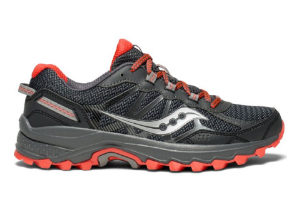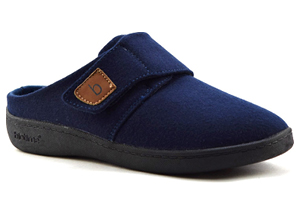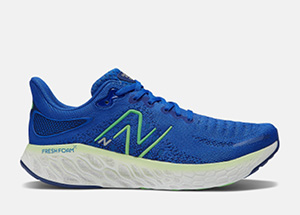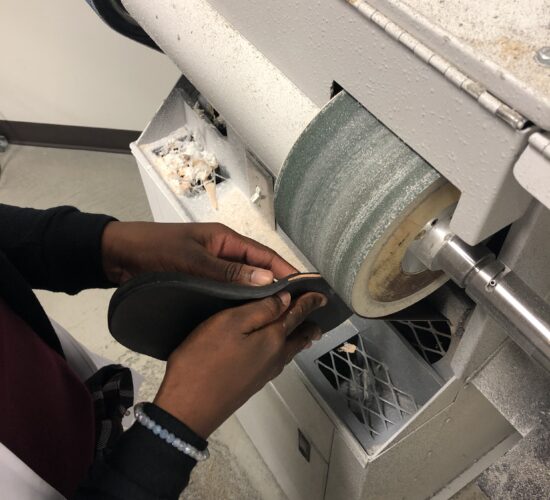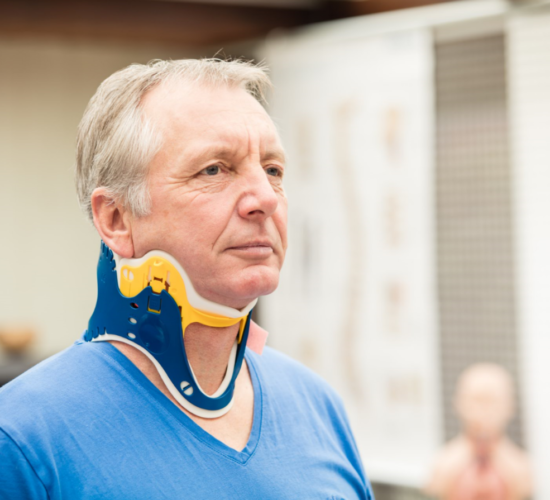Foot pain is a common ailment that can often be disregarded. It needs to be managed given the disabling consequences that can result, such as the pain experienced while walking and running.
In most cases, the treatment plan for the various foot conditions (e.g. flat foot, plantar fasciitis, arthritis, metatarsalgia, etc.) includes foot orthotics and an adapted pair of orthopedic shoes. Indeed, the main role of foot orthotics is to improve the function of your feet through the repositioning, support, and balance they provide. And of course, a good pair of shoes is essential in everyday life, whether worn alone or with foot orthotics.
Since each individual is unique, Médicus offers a wide range of foot orthotics made to measure according to your activities, your morphology, and your pathologies.
- Perfostab: Excellent for running or dynamic walking
- Meditech: Ideal for weak arches, talalgia, mild arthritis or mild valgus
- Meditech Carbon: Perfect for very active people looking for superior support and stability
- DI-AR: Specially designed for people with diabetes or arthritis
- Dynafin: Recommended for people who work in a seated position and who want lightweight support suitable for wearing street shoes
- Pediatric: Specially designed to meet the needs of the child throughout his or her growth
The main factors to consider
Whether it is for walking, sports or simply for everyday work, your choice of shoe will be influenced by your activities, the physiology of your feet and whether they are worn alone or with foot orthotics.
First step: Determine what a “good” shoe is
In addition to better stability of the foot or increased support of the heel and sides of the foot, there are 5 essential qualities of a good shoe, approved by Médicus:
- Stability: Straight or flared heel for a stronger footing
- Support: Rigid and long buttress providing better support for walking
- Anatomical shape: Allows toes to expand naturally when walking
- Optimum heel height: For a better weight distribution over the length of the foot
- Orthopedic versatility: Depth, width, stretchability and removable sole
Second step: Target your main use
Whatever your type of activity, you must target the main differences and impacts in choosing the right orthopedic shoes.
- Running or any other sporting activity: Because of the repeated impacts, the absorption capacity of the sole is essential. The flexion of the forefoot should not be a limited and good control of the hindfoot will help prevent tendonitis, heel pain or any other overuse injuries.
- Off-road and mountain walking: Shoes or boots with firmer soles allowing more stability, while remaining absorbent.
- City walking: Lightweight and flexible sole, all-leather upper (for weather resistance and durability) or with fabric (for greater breathability).
- Walking inside: slipper, with an open or closed heel, with a non-marking non-slip sole.
- Working outdoors or in an environment requiring safety shoes: In a safe working environment, it is essential to choose a shoe that provides traction, rigidity, cushioning and support.
Third step: Consider the physiology of your feet
In order to choose the right orthopedic shoes for your activities and, in some cases, your foot orthotics, it is also important to consider the physiology and disorders of your feet.
- Length, width, depth, and shape of the feet
- Specific pains (e.g. heels, calves, forefoot)
- Specific diseases: hallux valgus (onion), diabetes, arthritis, etc.


